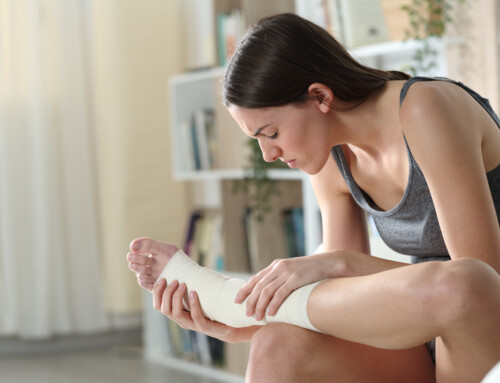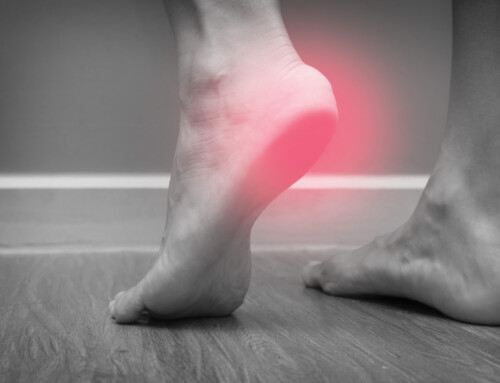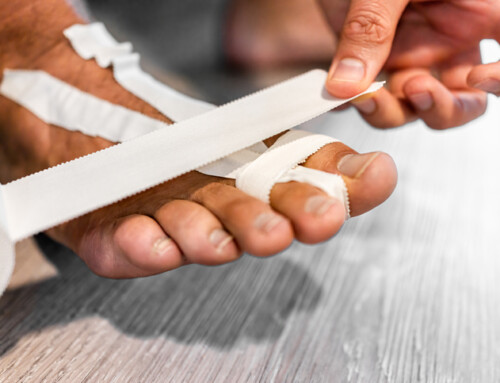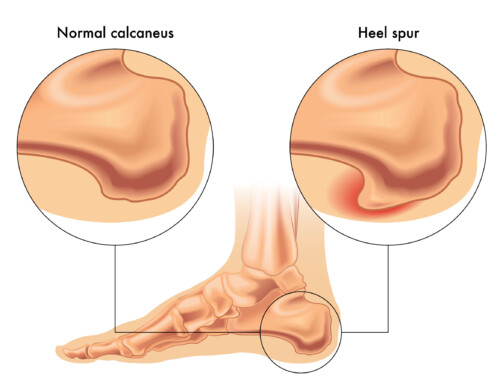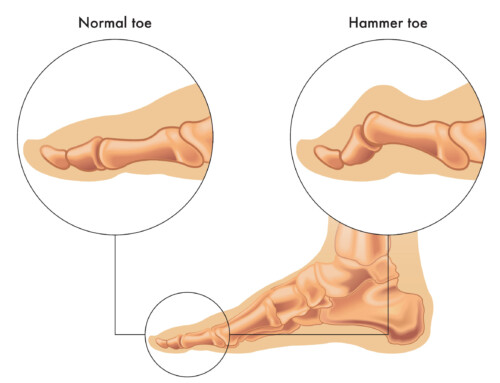By Andrew J Gaetano, PT, DPT, OCS, CSCS
As all of my patients in the past two weeks know, I had a pretty bad ankle sprain two weeks ago while playing fall softball. I was running to first base, lunged awkwardly, and hit the outside part of my foot on the bag. My ankle rolled inward, pop, and the rest is history. Stubbornly, I immediately got up and started saying “it’s fine, it’s fine” (it was the softball playoffs, after all). I couldn’t put weight on it.
At this point, I had to make the decision what to do next. Research helps make decisions when it comes to acute ankle sprains, and how to rule out a fracture vs a sprain (The Ottawa Ankle Rules):
http://www.ohri.ca/emerg/cdr/docs/cdr_ankle_poster.pdf
I couldn’t weight bear, so off to urgent care I went. No fracture was seen on an x-ray, so back I went to my softball tournament to coach third base.
So, what exactly happens when you ‘sprain an ankle’, and how does a physical therapist handle a bad sprained ankle?
A sprain truly means the stretching or tearing of ligaments (tissues that support joints and connect bone to bone). Ankle sprains can range from grade I (partial stretching, quick healing time, no ligament tearing/very minimal swelling) to grade III (full ligament tearing, significant swelling, bruising, pain, and loss of function). As you forcefully roll your ankle over, the ligaments on the outside of the ankle get stretched or torn, as they are in place to prevent this motion from occurring.

So what did I do the first few days? The first thing I had to remember was PRICE: Protection, Rest, Ice, Compression, and Elevation
Protection: Luckily as a clinic owner, I have a supply of devices I may need to protect my patients. I was on crutches for about a week and a half. I wore an ankle stabilizing device (brace) for the same time, to protect myself from further injury.
Rest: OK, I couldn’t really do this, with a new clinic open and all. But in a perfect world, I would have stayed off my ankle for a few days, limiting the risk of further injury and giving the injured tissues a chance to begin to heal.
Ice: There was a lot of ice in my life. In the clinic, and at home. I kept ice on and off throughout the day, for about 15-20 minutes at a time. I made sure not to place the ice pack directly on my skin. I did this always with elevation.
Compression: An ace bandage was on the most of the day, just trying to force some of the fluid out of my foot and ankle and up.
Elevation: This was very important. I found that when I was on my feet all day, the swelling was significantly worse. Throughout the day I kept my foot up when I could, and also slept with it elevated.
In addition to this, I also used a combination of modalties that we use in physical therapy to speed up the healing process. Lucky me, my wife Melissa also happens to be our massage therapist, so I hired her to perform some specific massage to the ankle to get the fluid moving up and out. It worked well.
A few days into the injury, I started to mobilize myself in a safe manner, including some gentle range of motion exercise (as simple as making the ABCs with my ankle) and partial weight bearing, trying to get my heel on the ground.
So, it’s two weeks later. What’s going on now?
Well the bruising is gone. There is still a pretty good amount of swelling in the actual ankle (not so much in the foot anymore), but this is probably because I’m on my feet all day. I can walk now without pain and without my crutches, but cannot run or go up/down stairs without pain. As long as my ankle doesn’t roll inward, pain is usually very minimal.
My self treatment thus far:
-continued with the modalities/ice to rid the area of swelling
-stationary bike for 10 minutes
-calf stretching exercise and exercise to improve dorsiflexion range of motion of both my ankle and big toe
-starting some basic balance/proprioceptive exercise to increase the ankle stability and ligament strength
It won’t heal overnight, so patience is key. But it’s very important to treat your sprained ankle with care, as to ensure proper healing and prevent you from having future injury. Physical therapy is very important, even for a physical therapist.
Plus, I have some motivation: I have a thanksgiving football game to play in at the end of the month. Feel free to contact me to share your stories, or if you have any questions about how we can help. Have a great week!
[email protected]
518-289-5242


